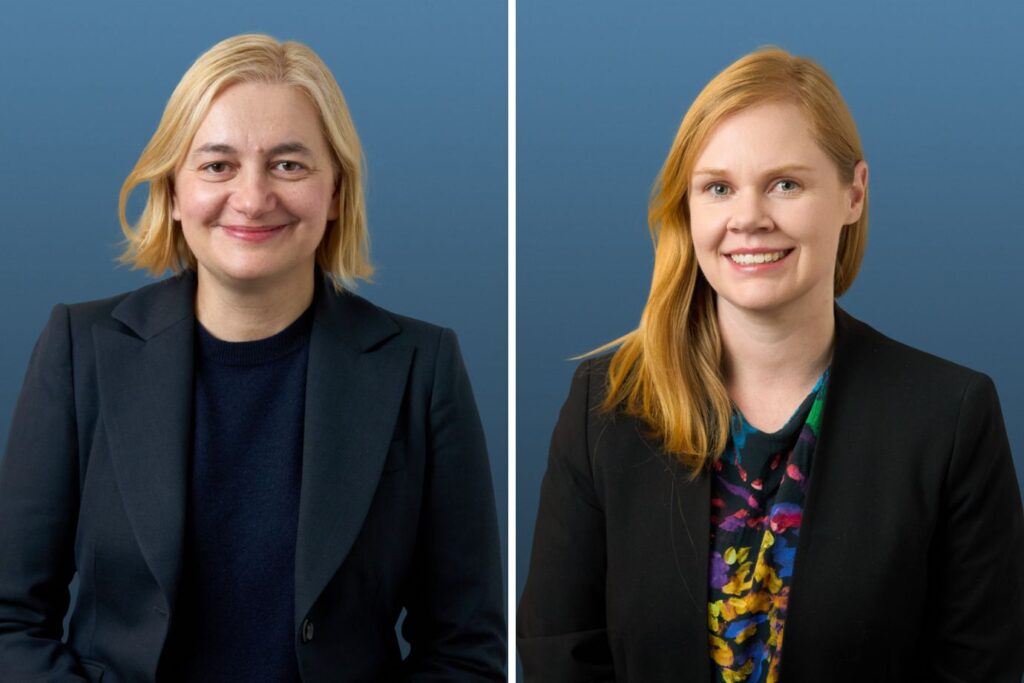Terria, a groundbreaking geospatial tech startup, has successfully closed a seed investment round, which will amplify its impact in planning, the energy transition and environmental monitoring.
Founded by former CSIRO employees Ana Belgun and Amber Standley, Terria organises and visualises the world’s spatial data, involving thousands of layers of mapping and information. The platform simplifies the data and makes it more accessible and useful.
Now, the startup is backed by a billion-dollar deep tech investment fund, Main Sequence. Funding from Main Sequence will help extend Terria’s reach on a global scale and has the potential to assist with the planning and managing cities of the future, the energy transition and environmental monitoring worldwide.
As a geospatial tech startup, Terria makes easier the process of creating digital twins or online virtual replicas of buildings, cities, regions and countries.
Belgun and Standley began Terria in 2014 when the first open-data, open-source Australian Government platforms were created to help organisations or individuals access spatial data.
Belgun, the co-founder, chief executive officer and product lead of Terria, said millions of users have accessed over 15,000 datasets on the platform since it first launched.
“In this next phase we will scale the positive impact we have created so far for Australian companies and government agencies and take these advanced tools global to enable the creation and management of digital twins across different domains,” Belgun said.
“With a predicted $50 billion growth in the geospatial data market in the next three years alone, Terria can help organisations to consolidate, access and use spatial data more effectively.”
Professor Elanor Huntington, CSIRO’s Digital, National Facilities and Collections Executive Director, said Australia’s national science agency was thrilled for the co-founders of Terria, a startup that began in a CSIRO lab.
“It s very exciting to watch research turn into technology with real-world impact, and in this case, to form the foundation of a new stand-alone company,” Professor Huntington said.
“CSIRO exists to foster Australian innovation and to help take that innovation out into the world.
“We are extremely proud of the Terria team – geospatial visualisation makes the enormous amount of global data understandable and accessible for everyone.”
Mike Nicholls, partner at Main Sequence, first came across Terria in the CSIRO lab and instantly saw the potential in the platform.
“A typical city street has thousands of data sets and plans for buildings, streets, footpaths, electricity, water, sewage, telecommunications, parks, stations, transport, planning and the natural environment,” Nicholls said.
“Terria can bring all that data together integrating 80 different formats and visualise this on one map.
“We are excited to help spin this company out and look forward to them growing a huge customer base over the coming years.”
Featured image: Ana Belgun (left) and Amber Standley (right), co-founders of Terria. Credit: CSIRO


